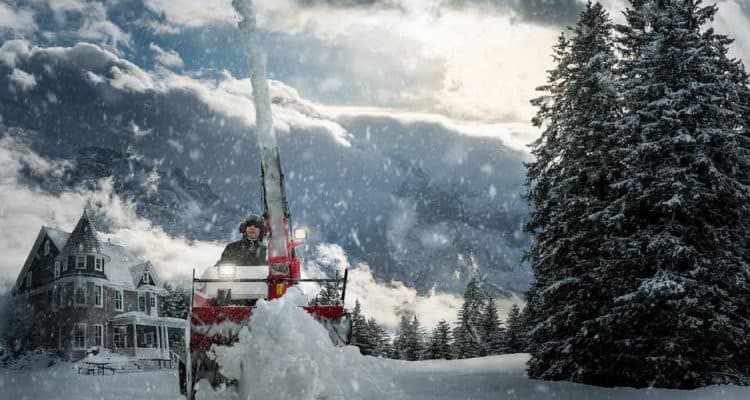Shoveling snow can be difficult, painful, and time consuming. Many people invest in a snow blower (also called snow blowers or snow throwers) to avoid this grueling task. There are several types of snow blowers on the market, each designed to meet specific needs. Consider terrain and typical snowfall when choosing a snow blower. The path size can also be an important consideration (especially for wide driveways). Also, adjustable chutes and the right throw distance can help avoid removing snow more than once or moving snow onto a neighbor’s property.
Most snowblowers are single stage electric, single stage gas, or two stage gas blowers. Single stage electric blowers tend to be the lightest, quietest, and easiest to handle, but they also clear narrower pathways (11-18 inches) and move less snow than other options. They are best suited to flat, short paved driveways in areas that typically get less than four inches of snow accumulation. Electric snowblowers require no fuel and little maintenance. They are more energy efficient than gas models but need an outside electrical outlet and use a power cord which can be dangerous in wet conditions.
Single stage gas snowblowers can handle a bit more snow than electric blowers and clear wider pathways (20-22 inches). They tend to be a bit larger and heavier than their electric counterparts. These snow blowers are best suited to flat, mid-sized paved driveways in areas that typically get less than eight inches of snow accumulation.
Two stage gas snowblowers are heavy-duty blowers that handle hills, longer pathways, and more snow than other types of blowers. They clear pathways from 24-32 inches wide and are significantly heavier and larger than other models. These blowers can handle gravel or other non-paved surfaces as well as hills and heavy snowfall.
Many gas snowblowers require a mix of gasoline and oil fuel as well as regular engine maintenance. Use a funnel to refill the tanks to ensure flammable gas isn’t spilled on the ground. These blowers can be very loud — sometimes as loud as construction equipment — and can cause carbon monoxide build up if turned on indoors. Wear earplugs and only turn a snowblower on outside.
Homeowners buying a snowblower to avoid back pain or other physical problems should carefully consider the weight, height, and maneuverability of their snowblower. Using a snow blower with a poor ergonomic fit can be just as painful as repeated shoveling.
Snow blower warranties vary by manufacturer. Most Toro models come with a two-year full warranty while Craftsman models come with a two year limited warranty and Ariens offers a three-year full warranty. Read the warranty details carefully to understand what each manufacturer offers its customers. Sticking with major brands increases the lifetime of a snowblower because parts remain available longer. According to a representative at O’Connor Hardware in Billerica, Massachusetts, “We often service Ariens and Toro snow blowers that are more than 40 years old.”
Used snowblowers are another option, but they can be expensive and require repairs. Determining the extent of problems may not be possible before purchase. Also, many used snowblowers come from commercial fleets and have correspondingly heavy wear.

